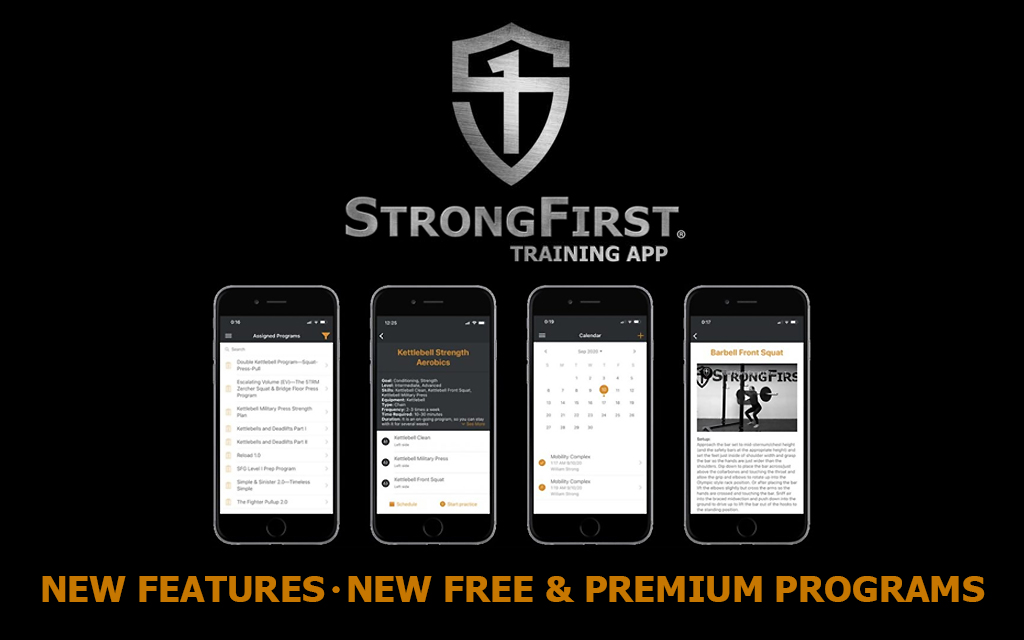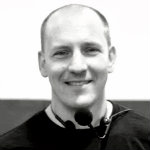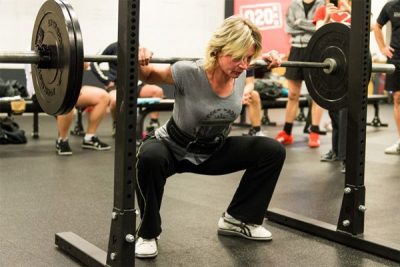
“Water, water everywhere, nor any drop to drink.”— Samuel Taylor Coleridge from The Rime of the Ancient Mariner
The quote above from the classic poem describes the availability of programs for the trainee. Programs, programs everywhere, nor a one to follow…
It can be classic “paralysis by analysis” and the search for the “right” program can lead to confusion and frustration.
How do you select the “right” program?
Start by asking some questions:
- What is your starting point?
- What is your injury/medical history?
- What is your training history?
Let’s dig into these and why they would inform a program choice.
What is Your Goal?
Yogi Berra classically said, “If you don’t know where you are going, you’ll end up someplace else.” With a program choice, your goal is to get “where you are going” and it needs to be well-defined.
Trying to be “fitter” is a concept, not a goal. Wanting to improve your kettlebell military press is a goal, but it lacks a defined destination. Planning to increase your kettlebell military press by 8kg to reach your half-bodyweight press for the SFG II on April 22, 2023, provides a defined destination.
You can look up the S.M.A.R.T. acronym to expand on the concept of goal setting. The abbreviation stands for specific, measurable, achievable, relevant, and time bound. The goal of completing a half-bodyweight press for the SFG II meets the criteria of the S.M.A.R.T acronym and is an example of effective goal setting.
What is Your Starting Point?
Any discussion of where you are going should begin with knowing where you are now. In Pittsburgh, one of the major roadways is the “parkway.” Referred to typically as the Parkway East and Parkway West and (as you can see from the picture) it gets confusing.

When giving directions, someone will say “get on the parkway headed towards downtown,” which could be east or west depending on your starting point. You may end up on the Parkway East trying to go west to get downtown. Defining your starting point helps even in this situation.
Where are you in reference to your goal? Want to go to the airport (here in Pittsburgh)? That is definitely west (in the end). Want to increase your kettlebell military press for your SFG II strength test? Where are you now? You need to test your one-rep max (1RM) press to define your starting point.
This applies to any end point. Preparing for the snatch test? What is your timeless snatch (10 sets of 10 reps switching hands each set) time?
For example, I was contacted by an individual with some specific goals:
- 20 x lunges with 75kg
- 5 x deadlift with 150kg
- 5 x pullup with 30kg
- 5 x dips with 30kg
- 100 burpees in 5 minutes
And one of my first questions was…you guessed it…where are you now?
Starting Point:
- 20 x lunges with 60kg
- 5 x deadlift with 100kg
- 5 x pullups with 0kg (currently 7RM bodyweight)
- 5 x dips with 20kg
- 84 burpees in 5 minutes
With this starting point, I could identify that the deadlift and pullup were going to need the most attention to hit the target. Lunges, dips, and burpees were within striking distance and (in my opinion) would benefit from the increases in the deadlift and pullups. If I did not have the “starting point,” I may have tried to program everything instead of prioritizing the right things.
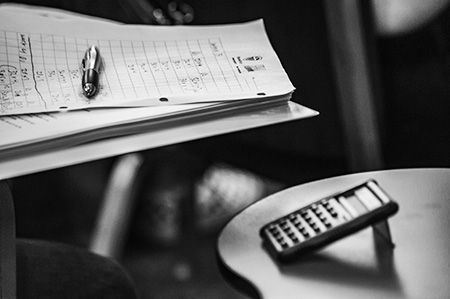
What is Your Injury/Medical History?
Like it or not, our past informs our future. What is “past is prologue,” as the old saying goes, and injury and medical history need to be considered when selecting a program.
Coming off a shoulder injury from three months ago?
Are you sure you want to dive into a high-volume military press program?
Does your back tend to “get tweaked” from deadlifting?
Are you sure you want to pursue a new 1RM?
What have you done to address the history, so the road ahead is clear for the new program?
I recommend a Functional Movement Screen to set a baseline and look for areas of opportunity. Such as improved t-spine mobility and scapular function to support an overhead pressing program.
Those that ignore their history are doomed to repeat it.
What is Your Lifestyle?
Stress, nutrition, hydration, and sleep will significantly impact your ability to recover from training and get the results you are after.
I have one question for you: “Does your lifestyle support your goal(s) and program?”
Are you sleeping four hours a night, changing jobs, dehydrated, and eating “fast food?”
Good luck with a high-volume routine.
Having your lifestyle support your goals does not mean living like a monk, but it does mean there are choices you can make to support your program. When you have stresses “placed” on you that you cannot change, choose a program that fits the stress and recovery ability.
Don’t ignore your lifestyle, choices, and circumstances.
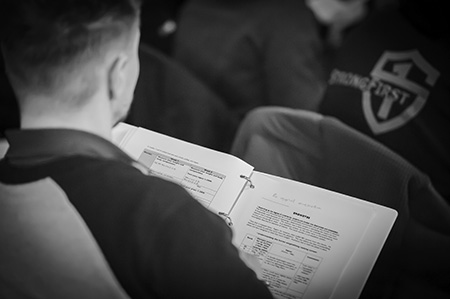
What is Your Training History?
What have you done before?
Never used a barbell? New to kettlebells? Or have you just been away from those tools for a while?
If you are new to a tool, then setting a 1RM and pursuing an aggressive program is just out of order. You have months or years ahead of you to learn and earn the ability for that 1RM.
If you are returning to a tool, you still need a “breaking in” period to regain previous levels of skill and ability.
What was successful in the past? There is a gold mine of information in your training history.
What Equipment do You Have and What Is Your Availability?
This may seem like a “no brainer,” but you would be surprised how much this can impact a goal.
If the only place you can access a barbell is at a gym a half hour from your home, your schedule and lifestyle need to support that reality. That half-hour drive is an hour round trip plus an hour and a half of training. Does your schedule allow for a commitment of two and half hours three days a week?
Identifying barriers ahead of time and looking at them realistically is a huge key to success in any program.
Ignore at your own peril.
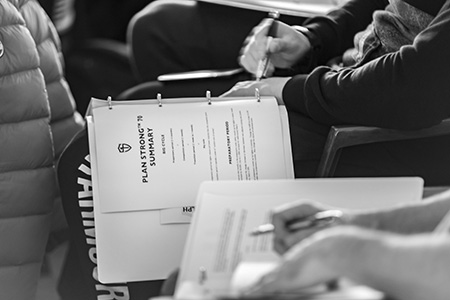
Do You Subscribe to the StrongFirst Training App?
What programs do you have access to choose from?
Remember the Rime of the Ancient Mariner…programs everywhere, nor a one to follow.
Okay, a shameless plug: The StrongFirst Training App provides proven programs that will prepare you for a defined destination.
Want to prepare for the SFG I Certification? Follow the SFG I prep program.
Want to hit a half bodyweight press? Follow the Kettlebell Military Press Strength Plan.
Want to hit Simple from S&S? Follow the Simple & Sinister 2.0—Timeless Simple.
Consider your goals, where you are now, and let the questions we discussed in this article guide you to the right program.
Then review everything again.
Let’s go back to this example:
Starting Point:
- 20 x lunges with 60kg
- 5 x deadlift with 100kg
- 5 x pullups with 0kg (currently 7RM bodyweight)
- 5 x dips with 20kg
- 84 Burpees in 5 minutes
What Program(s) did I Recommend?
I recommended the Deadlift and Military Press Wave Cycle, The Fighter Pullup Program 1.0 based on the 3RM (find your 5RM weighted pullup and then use the 3RM plan), and S&S on non-deadlift days (all of these programs are found on the StrongFirst Training App, including two plans on the free version of the app).
As discussed earlier the deadlift and pullup need the most improvement, so they are the focus and the addition of S&S allows for power and conditioning to be added.
Will It Work?
“No plan survives contact with the enemy.”—Helmuth von Moltke
No matter the program you choose, life will intervene and adjustments will be likely but with a destination you can adjust as needed.
In the end do not choose randomly, and do not just choose because “it worked for person X.”
Choose a program because you have evaluated it based on you, your goals, and your starting point.
